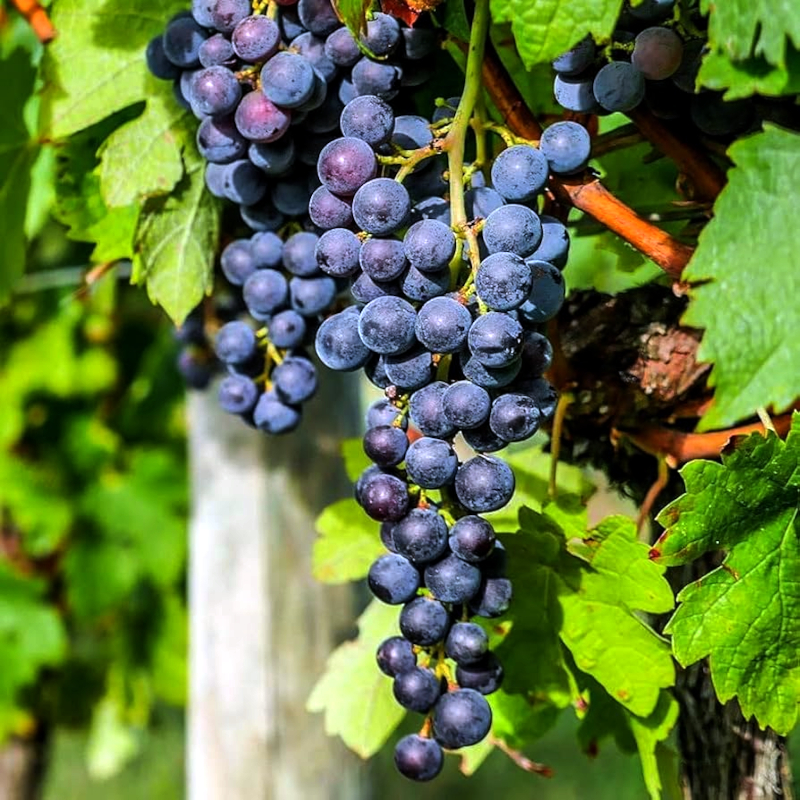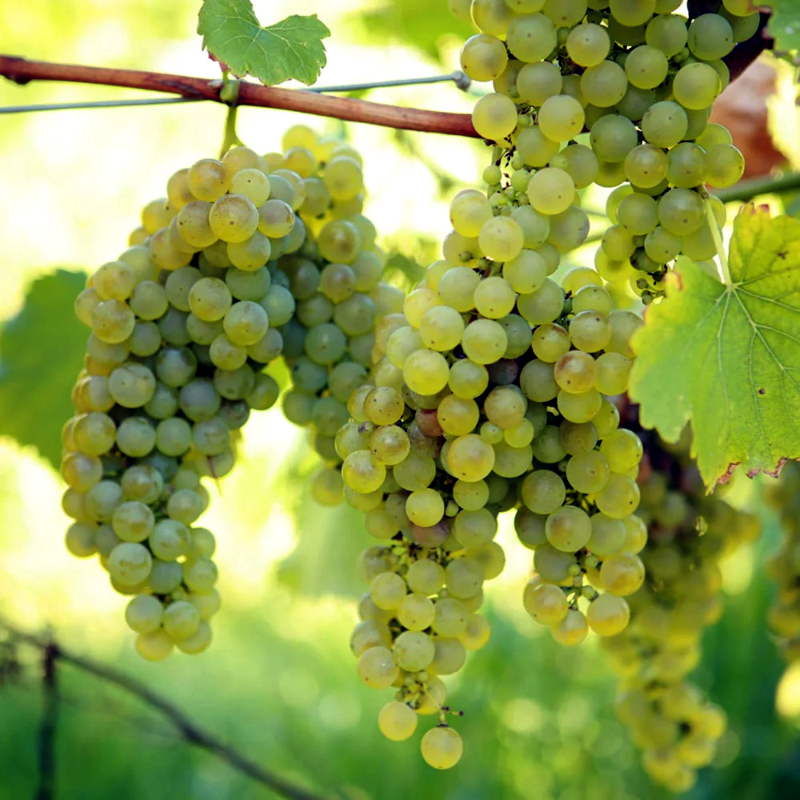How To
Grow
Grape Tree
Choose the right variety
Cool climates: Concord, Niagara, Interlaken.
Warm climates: Thompson Seedless, Flame Seedless, Muscat.
High altitudes (like Nepal): Look for cold-hardy or mid-altitude varieties like Himrod or Kandahar Black.
Select a good location
Sunlight: Full sun (at least 7–8 hours/day).
Soil: Well-drained loamy soil, pH 5.5–7.0.
Slope: Gentle slope helps drainage and air circulation.
Avoid frost-prone valleys or low spots.
Planting
Time: Late winter to early spring (when dormant).
Spacing:
6–10 feet between plants.
8–12 feet between rows.
Hole depth: Large enough to spread roots without bending.
Watering
Water deeply during dry periods, especially in the first 2 years.
Avoid overwatering (can cause root rot or split fruit).
Fertilizing
Light fertilizing with balanced fertilizer (e.g., 10-10-10) in early spring.
Avoid too much nitrogen (causes excess foliage, fewer fruits).
Pruning
Winter pruning is essential for fruit production.
Remove up to 90% of the previous year’s growth.
Focus energy on fruit-bearing canes.
Pollination
Grapes are self-pollinating, no need for a second plant.
Pest & disease management
Common issues: Powdery mildew, downy mildew, black rot, aphids.
Ensure air circulation and sunlight through pruning.
Use organic sprays (e.g., neem oil or sulfur-based fungicides).
Harvesting
Time: Late summer to early fall, depending on variety.
Taste-test: Grapes don’t ripen once picked.
Harvest with scissors or shears, keeping stems attached.
Health Benefits of Grape
- Grapes contain resveratrol, flavonoids, and quercetin—powerful antioxidants that protect cells from damage.
- Improves blood flow, reduces blood pressure, and helps lower LDL (bad cholesterol).
- Resveratrol may help enhance memory, cognitive function, and protect against age-related decline.
- Grapes have natural fiber that supports gut health and prevents constipation.
- Grapes have over 80% water content, helping hydration and flushing toxins.
- Useful for reducing inflammation and symptoms in conditions like arthritis.
- Rich in vitamin C, antioxidants, and lutein for skin glow and eye protection.
- Despite natural sugars, the low glycemic index helps maintain balanced blood sugar when eaten with fiber.
| Nutrient | Amount / Raw Grape (100Gr) |
| Calories | 69 kcal |
| Protein | 0.7 g |
| Total Fat | 0.2 g |
| Carbohydrates | 18.1 g |
| – Sugars | 15.5 g |
| – Dietary Fiber | 4.40.9g |
| Vitamin C | 10.8 mg (12% DV) |
| Vitamin K | 14.6 µg (18% DV) |
| Vitamin B1 | 0.07 mg (6% DV) |
| Vitamin B6 | 0.09 mg (5% DV) |
| Potassium | 191mg (4% DV) |
| Copper | 0.13 mg (14% DV) |
| Manganese | 0,07 mg (3% DV) |
| Iron | 0.4 mg (2% DV) |
| • DV = Daily Value, based on a 2,000-calorie diet. | |
Various Uses of Grape
Fresh Eating
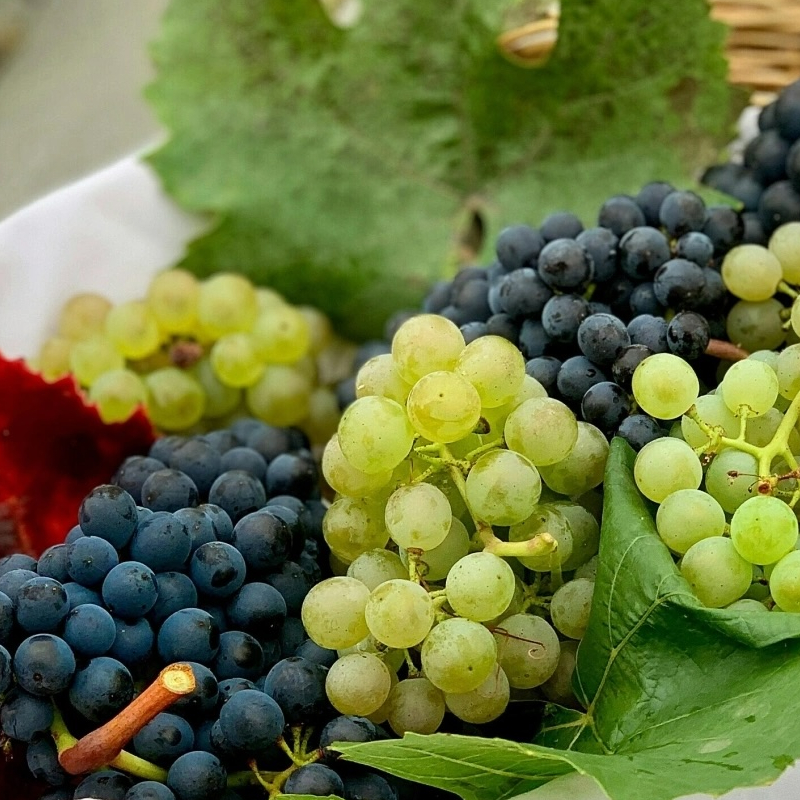
Enjoy as a refreshing snack
Great in fruit salads, cheese platters, or yogurt bowls
Wine Making
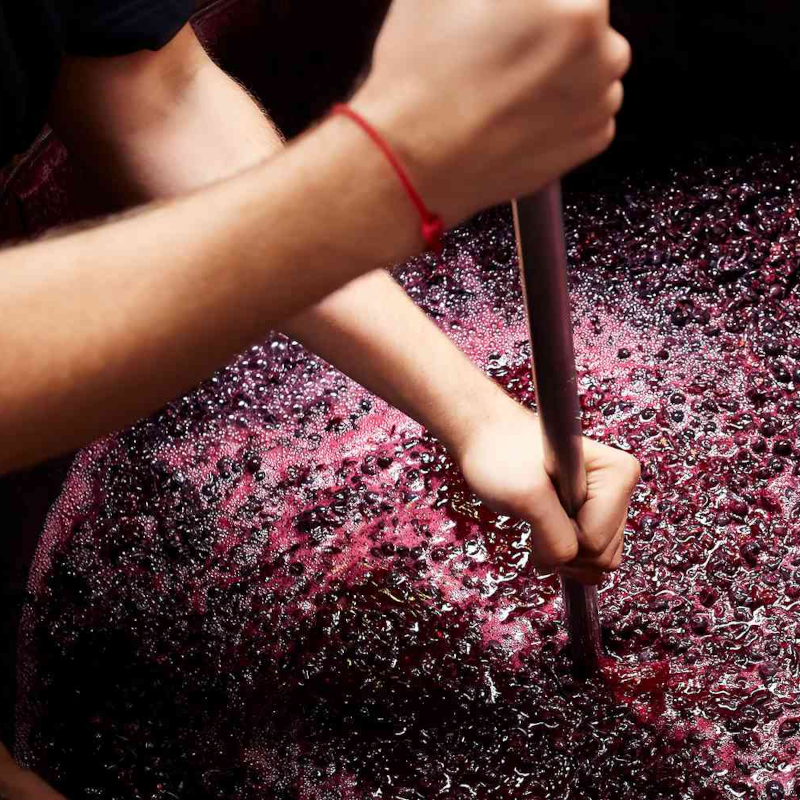
Fermented into red, white, or sparkling wines (especially wine grapes like Cabernet or Chardonnay)
Raisins
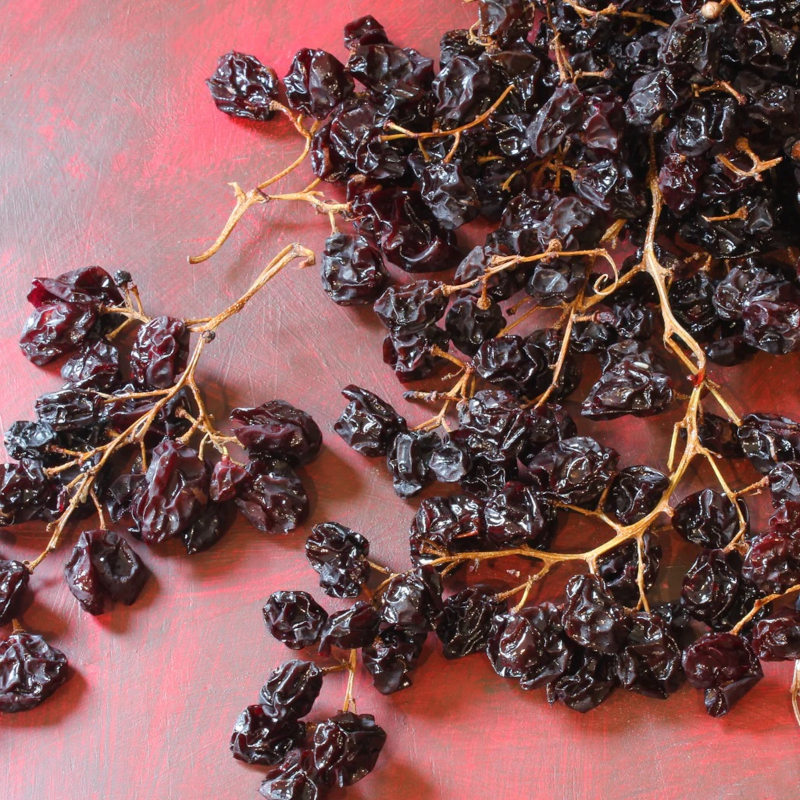
Dried grapes
Used in cereals, baking, trail mix, and desserts
Long shelf life and concentrated in nutrients
Cooking & Sauces
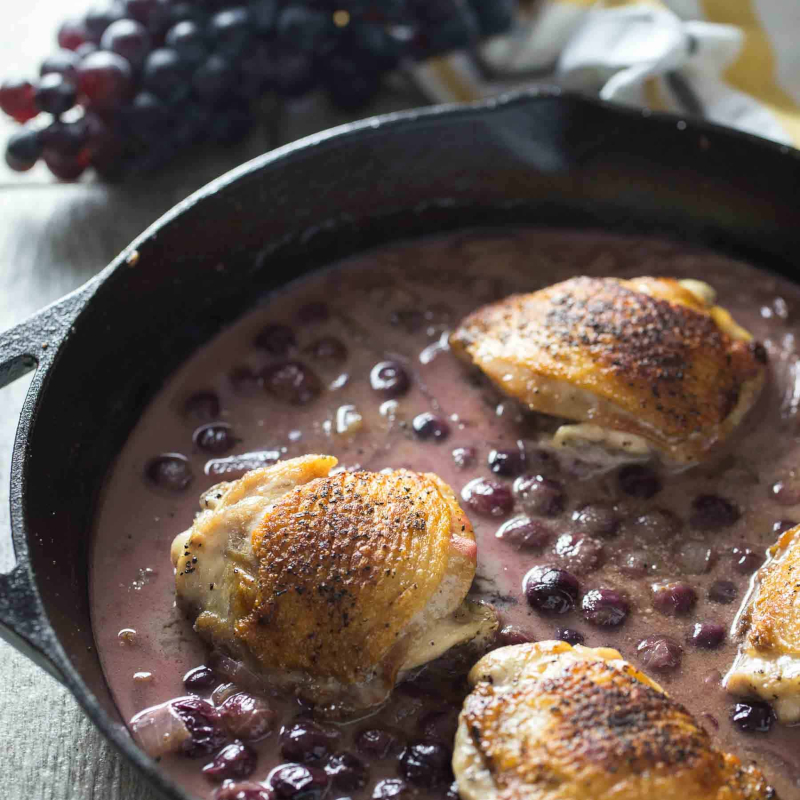
Used to make reductions and sauces for meat (e.g., grape balsamic glaze)
Added to chutneys, salads, or as garnish on dishes
Grape Seed Oil
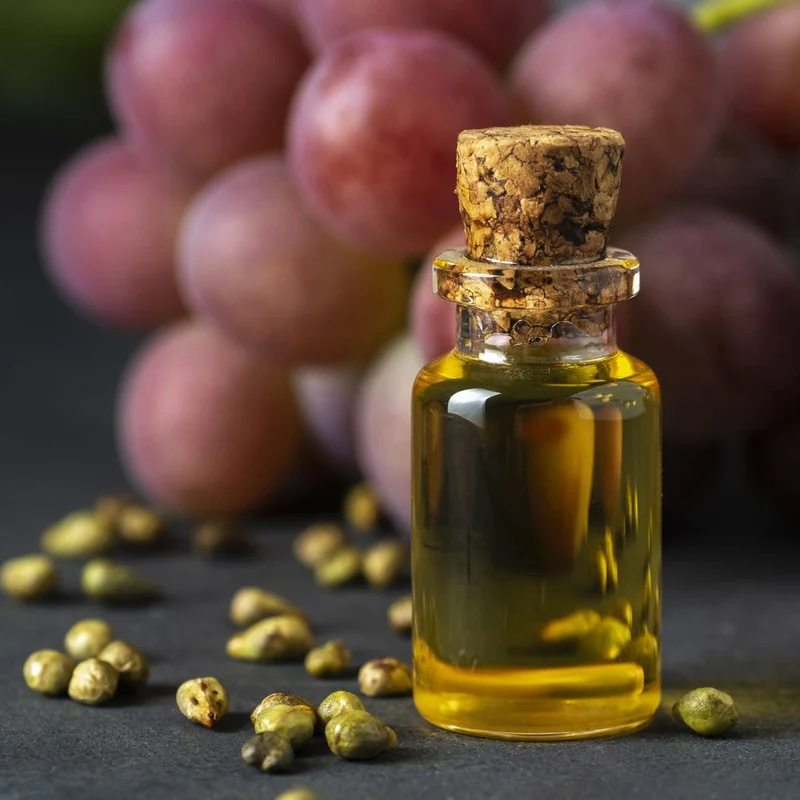
Extracted from grape seeds; used in cooking, skincare, and massage oils
Uses Of
Tree Trunk
Firewood
Dried grapevine trunks and branches burn well.
Used for campfires, wood stoves, or BBQs (adds a mild aroma).
Handicrafts & Decor
Twisted, gnarled grape trunks are aesthetically beautiful.
Used for:
– Garden or home decorations
– Rustic furniture pieces
– Candle holders
– Picture frames
BBQ and Smoking Wood
Old grapevine wood adds a sweet, fruity smoke flavor.
Used in grilling or smoking meats, especially in Mediterranean cuisine.
Mulch or compost
Chopped grape wood can be composted or used as mulch.
Helps improve soil structure and moisture retention.



